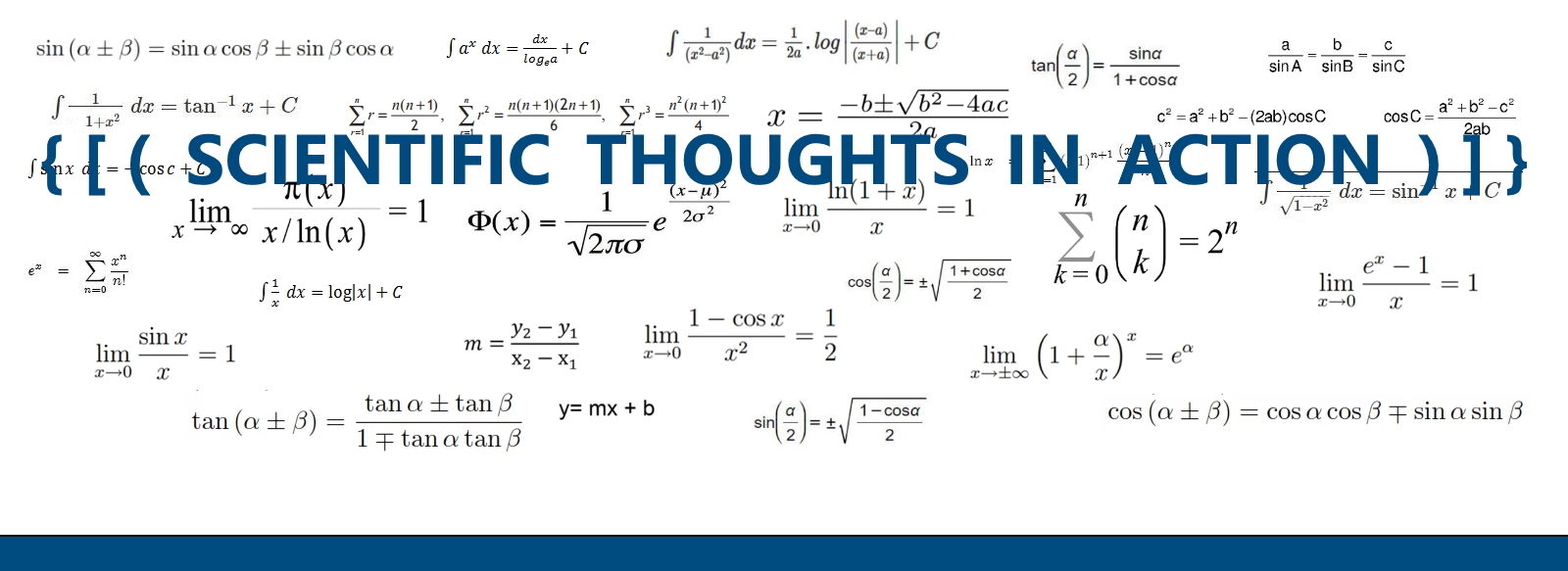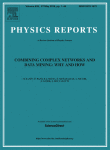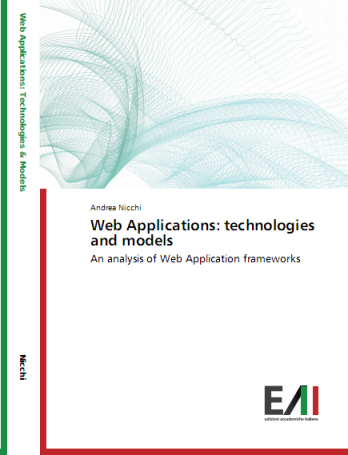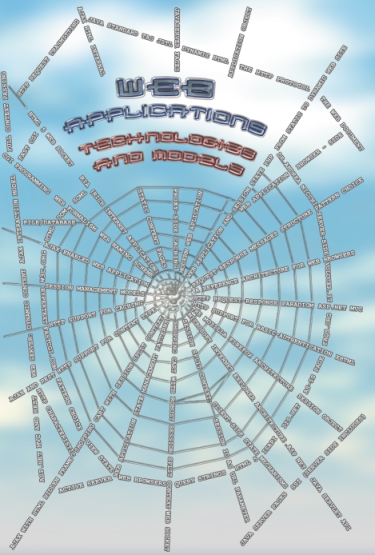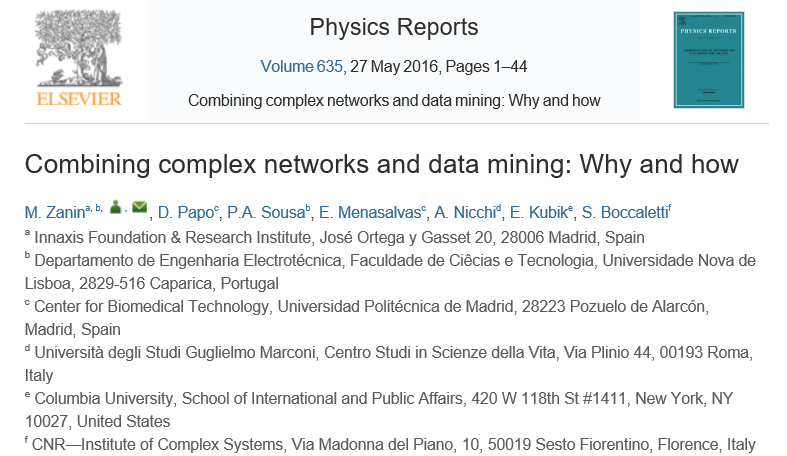
The increasing power of computer technology does not dispense with the need to extract meaningful information out of data sets of ever growing size, and indeed typically exacerbates the complexity of this task. To tackle this general problem, two methods have emerged, at chronologically different times, that are now commonly used in the scientific community: data mining and complex network theory. Not only do complex network analysis and data mining share the same general goal, that of extracting information from complex systems to ultimately create a new compact quantifiable representation, but they also often address similar problems too. In the face of that, a surprisingly low number of researchers turn out to resort to both methodologies. One may then be tempted to conclude that these two fields are either largely redundant or totally antithetic. The starting point of this review is that this state of affairs should be put down to contingent rather than conceptual differences, and that these two fields can in fact advantageously be used in a synergistic manner. An overview of both fields is first provided, some fundamental concepts of which are illustrated. A variety of contexts in which complex network theory and data mining have been used in a synergistic manner are then presented. Contexts in which the appropriate integration of complex network metrics can lead to improved classification rates with respect to classical data mining algorithms and, conversely, contexts in which data mining can be used to tackle important issues in complex network theory applications are illustrated. Finally, ways to achieve a tighter integration between complex networks and data mining, and open lines of research are discussed.
Keywords
Complex networks; Data mining; Big Data
Web Applications: technologies and models
An analysis of Web Application frameworks
Edizioni Accademiche Italiane ( 12.06.2014 )
This book is based on the author's Graduation thesis at Pisa, University of Pisa 2010. It is a study and an analysis of the technologies used in the development of a web application, especially architectures and models. The work is not exhaustive but it gives an overview of all the players involved in a web application development. The publication begins with an analysis of the architecture and functionalities of both the the web browser and the web server. Then the book proceeds with a description of the AJAX and REST technologies, which have produced a paradigm shift in web application design. Next, in light of the analyzed technologies, the various web application development approaches have been investigated using an appropriate level of abstraction. Finally, the work ends with a discussion of the state management mechanisms and the event-loop, both on the client-side and on the server-side, which have been the main issue in the research of web application development because of the stateless nature of HTTP protocol.
The picture above is a courtesy of Vincenzo Guardino.
The book is a survey and an analysis of the technologies used in the development of a web application, paying attention to the architectures and the models. The survey is not exhaustive but it gives an outlook of all players involved in a web application development.
At first we have analyzed:
a) web browser architecture and functionalities: it represents the client part of a web application;
b) web server architecture and functionalities: it is the more complex and active part of a web application.
Then the technologies AJAX and REST have been examined, which have produced a paradigm shift in the web application design.
At last, in the light of the analyzed technologies, the various web application development approaches have been investigated by an appropriate level of abstraction. The state management mechanisms and the event-loop both on the client-side and on the server-side have been the main issue in the investigation because of stateless nature of HTTP protocol.
